 Markets for post-consumer PET and HDPE have shown stability, while the price of color HDPE has recently increased.
Markets for post-consumer PET and HDPE have shown stability, while the price of color HDPE has recently increased.

 Markets for post-consumer PET and HDPE have shown stability, while the price of color HDPE has recently increased.
Markets for post-consumer PET and HDPE have shown stability, while the price of color HDPE has recently increased.
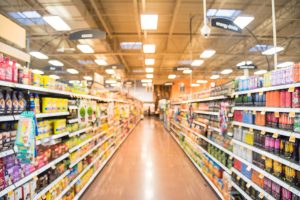 Oregon’s environmental agency has released research that suggests several popular packaging attributes – including “recyclable” and “recycled content” – do not consistently result in lower-impact products.
Oregon’s environmental agency has released research that suggests several popular packaging attributes – including “recyclable” and “recycled content” – do not consistently result in lower-impact products.
 William (Bill) Carteaux, who was central to many plastics recycling conversations as head of the Plastics Industry Association, has died at the age of 59.
William (Bill) Carteaux, who was central to many plastics recycling conversations as head of the Plastics Industry Association, has died at the age of 59.
 A major brand owner says it will be using 25 percent recycled plastic in the packaging for all of its U.S. products in three years.
A major brand owner says it will be using 25 percent recycled plastic in the packaging for all of its U.S. products in three years.
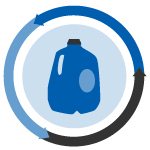 Waste Management’s CEO talks about disinvesting in recycling, and an agricultural plastics recycling program is expanding.
Waste Management’s CEO talks about disinvesting in recycling, and an agricultural plastics recycling program is expanding.
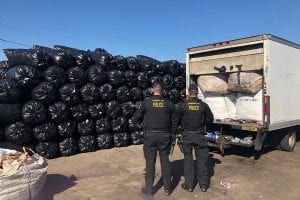 Authorities have seized thousands of pounds of beverage containers and made multiple arrests in an alleged scheme to defraud the container deposit program in California.
Authorities have seized thousands of pounds of beverage containers and made multiple arrests in an alleged scheme to defraud the container deposit program in California.
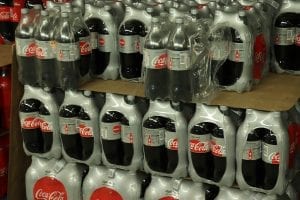 PET recycling startup Loop Industries has inked another deal with a global food and beverage brand.
PET recycling startup Loop Industries has inked another deal with a global food and beverage brand.
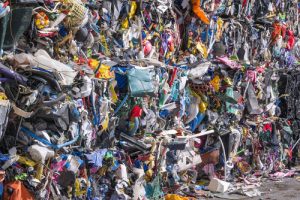 SABIC, one of the world’s largest chemicals producers, will install a demonstration unit to recycle mixed plastics into feedstock for crackers.
SABIC, one of the world’s largest chemicals producers, will install a demonstration unit to recycle mixed plastics into feedstock for crackers.
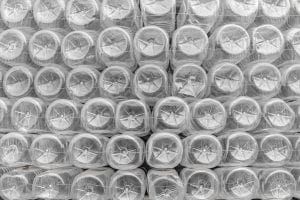 Articles about the U.S. PET recycling rate and a reclaimer’s expansion took top positions on last month’s readership list.
Articles about the U.S. PET recycling rate and a reclaimer’s expansion took top positions on last month’s readership list.
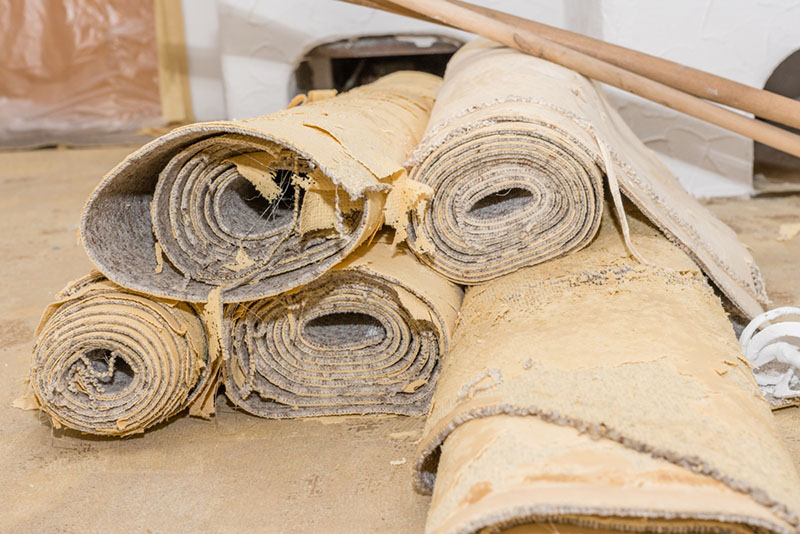 A facility in California is using a unique rotary impact separation technology to break carpet into its components so plastics and calcium carbonate can be efficiently recovered.
A facility in California is using a unique rotary impact separation technology to break carpet into its components so plastics and calcium carbonate can be efficiently recovered.
